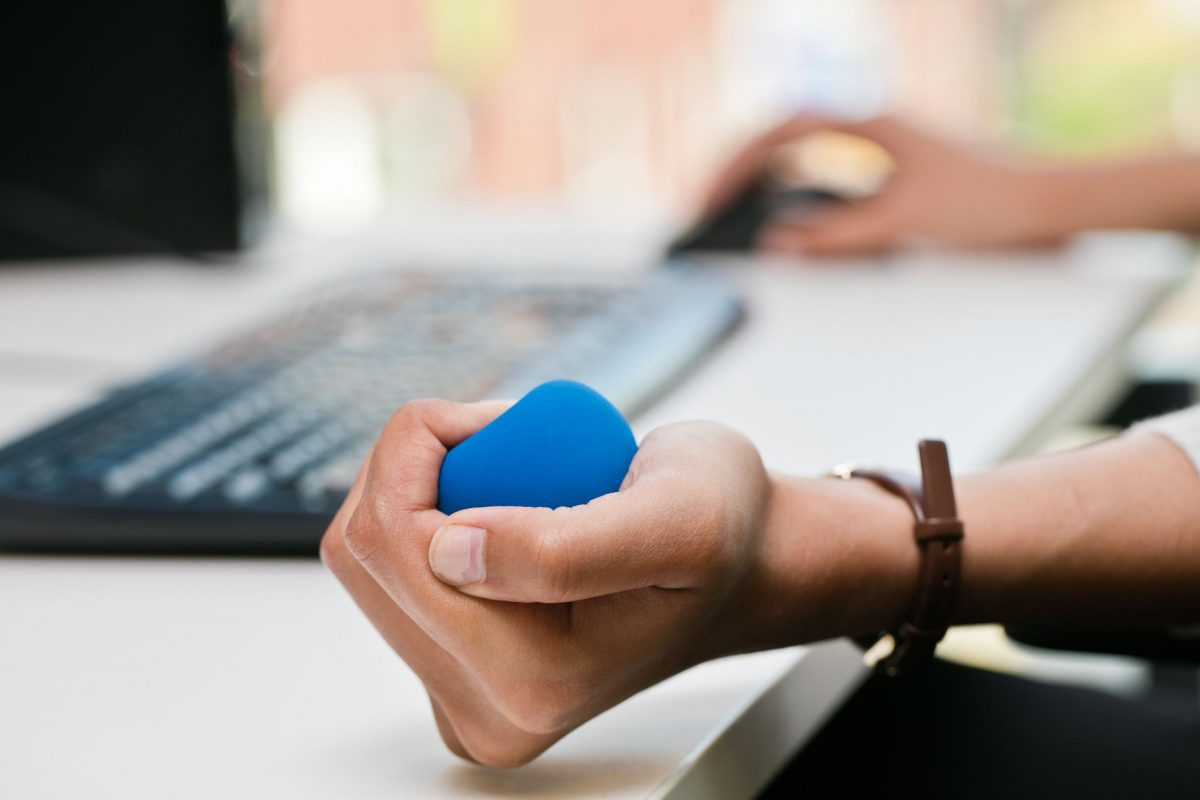Kinaesthetic Learners learn by “doing”. A more practical, hands on style of learning best suits these learners. Kinaesthetic learners usually enjoy more practical subjects like technical or science and classes where they can be active, like PE. While this might not always work for subjects that require writing and reading, there are still many study tips that kinaesthetic learners can use to help them study effectively.
Flash Cards
Flash Cards are small cards that break down your topic into key points. For visual learners, flash cards could have diagrams on them along with the words, or should ask for a response in diagram format. Flash Cards can be used for exam style questions, creating a revision notebook, learning key points/definitions or giving reminders when doing class tasks. This video below gives some ideas for creating flash cards:
Fidget Toy
It can help Kinaesthetic learners if they have a small object that they can use to help keep their hands busy while studying – such as a stress ball or fidget spinner. It’s important that this doesn’t become a distraction, but is used to allow focus to happen on the study material.

Being Creative
There are some fun ways that you can be active with your learning and these can be most productive for kinaesthetic learners. Here are some examples below:
- Go for a run and listen to a recording of your notes while running
- Set up some hoops/targets with answers to questions in them and then throw a ball/bean bag into the hoop with the correct answer
- Research into some at home experiments that you can do. Make sure you then write up what you did, taking photos and videos along the way.
- Create a v-log of what you are learning
- Use arts and crafts material to make a poster, flyer or display of topics that you have learned
Share your Knowledge
Another way kinaesthetic learners can learn is by sharing their knowledge with others. This helps them to work through what they know and share their knowledge in their own words. This could be teaching a sibling something, or having productive peer discussion groups.

Check out our advice for the other learning styles:
Remember – most learners will make use of a multitude of learning styles, so make sure to find out which study tips work best for you!

